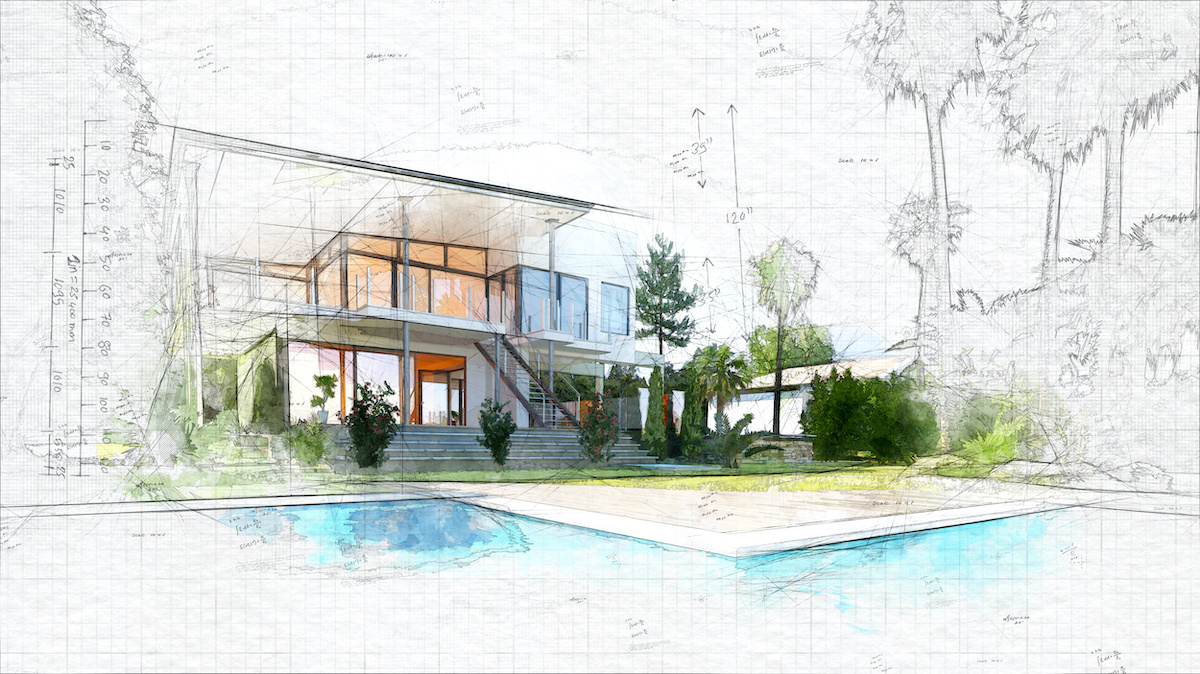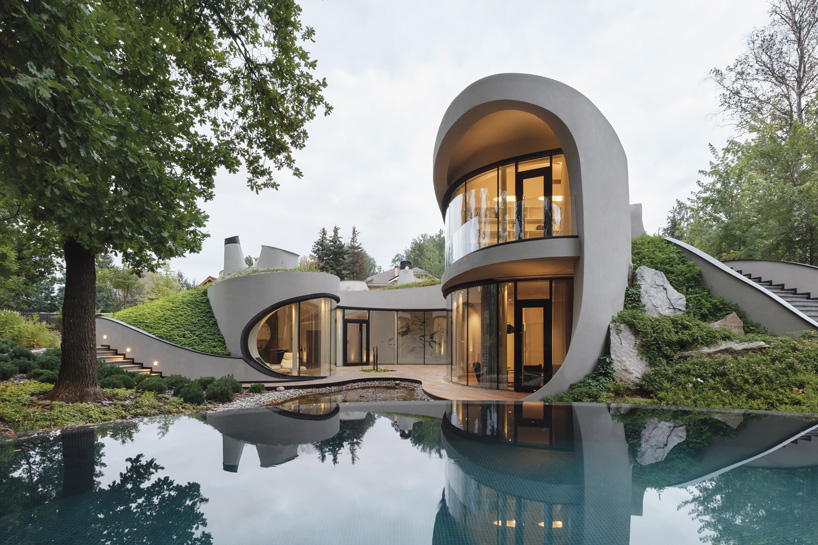Exactly How CDA Architects Integrate Creative Thinking and Functionality in Modern Architecture
The Effect of Technological Developments on the Layout Practices of Contemporary Architects
The fast evolution of technical tools has actually substantially reshaped the style landscape for contemporary designers, fostering unmatched levels of advancement and sustainability. The combination of Building Info Modeling (BIM), parametric design, and expert system has not just structured partnership amongst diverse groups but additionally redefined project implementation. However, as designers welcome these developments, they are challenged with complex difficulties that can impact their innovative processes. Checking out these dynamics exposes a nuanced interaction in between technology and conventional layout methodologies, prompting a better assessment of what the future holds for building practices.
Advancement of Architectural Devices
Just how have building devices transformed the layout and construction processes over the centuries? The evolution of building devices has actually dramatically influenced the performance, precision, and imagination of style and building and construction. In old times, designers depend on fundamental instruments such as plumb bobs, determining rods, and standard geometry to develop frameworks. These tools laid the foundation for early architectural technique, permitting for the building of famous structures, albeit with limitations in accuracy and intricacy.
With the arrival of the Renaissance, the introduction of the compass and the protractor marked an essential shift. These devices allowed architects to accomplish greater precision in their layouts, helping with the emergence of even more intricate and proportional buildings. The Industrial Change even more changed architectural exercise with the introduction of mechanized tools and materials, enabling larger and extra ambitious tasks.
In the 20th century, the development of computer-aided layout (CAD) software transformed the landscape once more, supplying architects with unmatched capabilities in modeling and visualization. Today, advanced devices such as Structure Information Modeling (BIM) and parametric style software proceed to press the boundaries of building development, making it possible for a more integrated strategy to design and building procedures.
Boosted Collaboration in Design
As technology remains to develop, improved cooperation in design has actually come to be a keystone of modern-day building technique. The integration of electronic devices such as Building Information Modeling (BIM), cloud-based platforms, and advanced visualization software application has transformed the way architects, engineers, and stakeholders interact throughout the design procedure. These devices promote real-time interaction, permitting groups to share concepts, adjustments, and comments instantly, despite geographical area.

Additionally, interdisciplinary partnership has actually been streamlined with these technical developments, making it possible for architects to work extra closely with other professionals, such as metropolitan organizers and environmental experts. The outcome is an extra cohesive method to make that considers different point of views and proficiency. Eventually, improved cooperation in layout is not merely a trend; it is necessary for creating innovative, practical, and visually pleasing design in a significantly intricate world.

Sustainability Through Technology
Sustainability in style has actually progressively become linked with technical development, driving the industry toward eco accountable techniques. Contemporary designers are leveraging advanced modern technologies to decrease environmental impact while boosting the performance of structures. cda architects. One famous example is the usage of Structure Information Modeling (BIM), which enables precise preparation and resource allocation, lowering waste during building and construction and promoting power effectiveness throughout a building's lifecycle
Additionally, smart products and energy-efficient systems are being integrated right into layouts to optimize source usage. Technologies such as solar batteries and eco-friendly roof covering systems harness sustainable power sources, adding to reduced carbon impacts. Additionally, the application of expert system in design processes makes it possible for architects to replicate and analyze energy intake, directing choices towards more lasting end results.
The integration of lasting technologies not only straightens with global environmental objectives yet also satisfies an increasing demand from customers for environmentally friendly remedies. As architects accept these advancements, the emphasis changes towards developing areas that are not just aesthetically pleasing yet additionally functionally sustainable, therefore redefining the criteria of modern-day architecture. In this way, modern technology works as a catalyst for sustainability, allowing designers to make structures that regard and enhance the natural environment.
Difficulties in Application
While technological improvements in my website style hold great promise for enhancing sustainability, their implementation typically comes across considerable difficulties. One main challenge is the steep discovering contour connected with new innovations. Designers and building professionals may call for considerable training to properly make use of sophisticated software application and tools, which can delay project timelines and raise costs.
Furthermore, the integration of arising technologies, such as Building Information Modeling (BIM) and lasting products, commonly requires collaboration throughout multidisciplinary groups. This partnership can be hindered by distinctions in proficiency, workflows, and interaction styles, leading to possible disputes and inefficiencies.

Moreover, regulative structures and structure codes might not maintain pace with technological improvements, developing ambiguity and potential conformity concerns. This challenge can dissuade designers from completely welcoming brand-new modern technologies, as the risk of non-compliance may outweigh the benefits. Resolving these execution obstacles is critical for the successful assimilation of technical innovations in modern building techniques.
Future Fads in Architecture
The challenges related to the implementation of brand-new modern technologies in style have actually triggered a reevaluation of future trends within the industry - cda architects. As architects browse concerns such as sustainability, urbanization, and social equity, they are significantly taking on ingenious modern technologies to boost style effectiveness and environmental efficiency
One famous pattern is the integration of expert system (AI) in the style process. AI devices can examine large datasets to inform layout decisions, enhancing both creative thinking and performance. Structure Information Modeling (BIM) proceeds to develop, enabling real-time partnership among go to my blog stakeholders and assisting in streamlined task administration.
Lasting design methods are also acquiring momentum, with designers concentrating on flexible reuse and regenerative layout principles that lessen source consumption and waste. The consolidation of wise products and renewable energy resources will certainly additionally boost the resilience of buildings when faced with climate adjustment.
In addition, the rise of parametric design allows for more tailored and context-sensitive architectural options (cda architects). By using these developments, designers are poised to produce developed settings that not see here only deal with the instant demands of culture but likewise expect future obstacles, therefore redefining the role of style in an ever-changing world
Conclusion
Technological advancements have significantly improved building style practices, facilitating boosted accuracy, partnership, and sustainability. The integration of tools such as Structure Info Modeling and parametric design software, along with man-made intelligence and clever products, empowers engineers to attend to complex obstacles a lot more effectively.